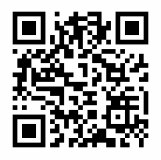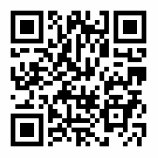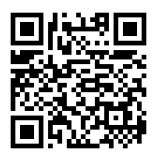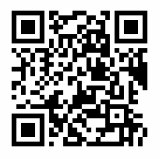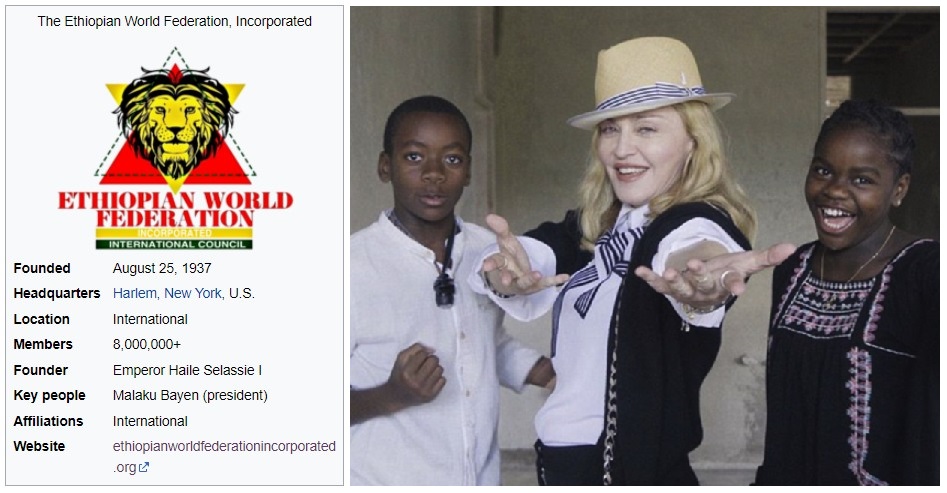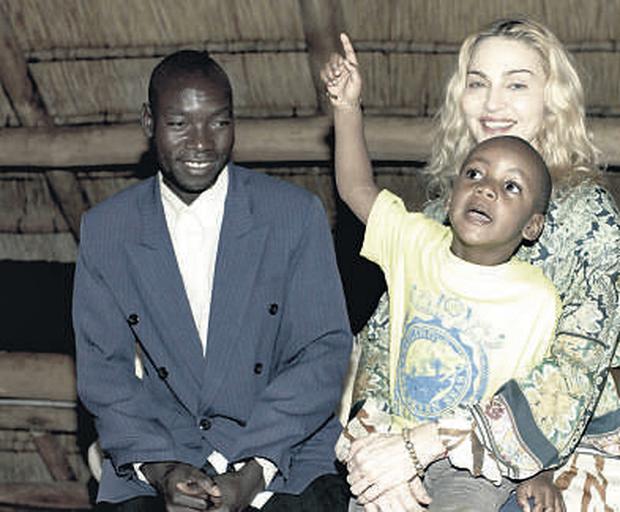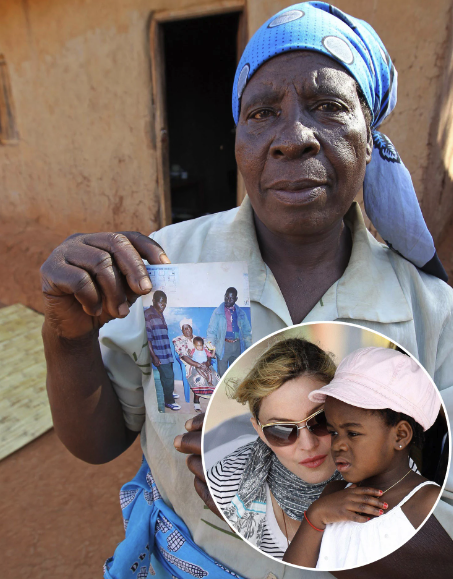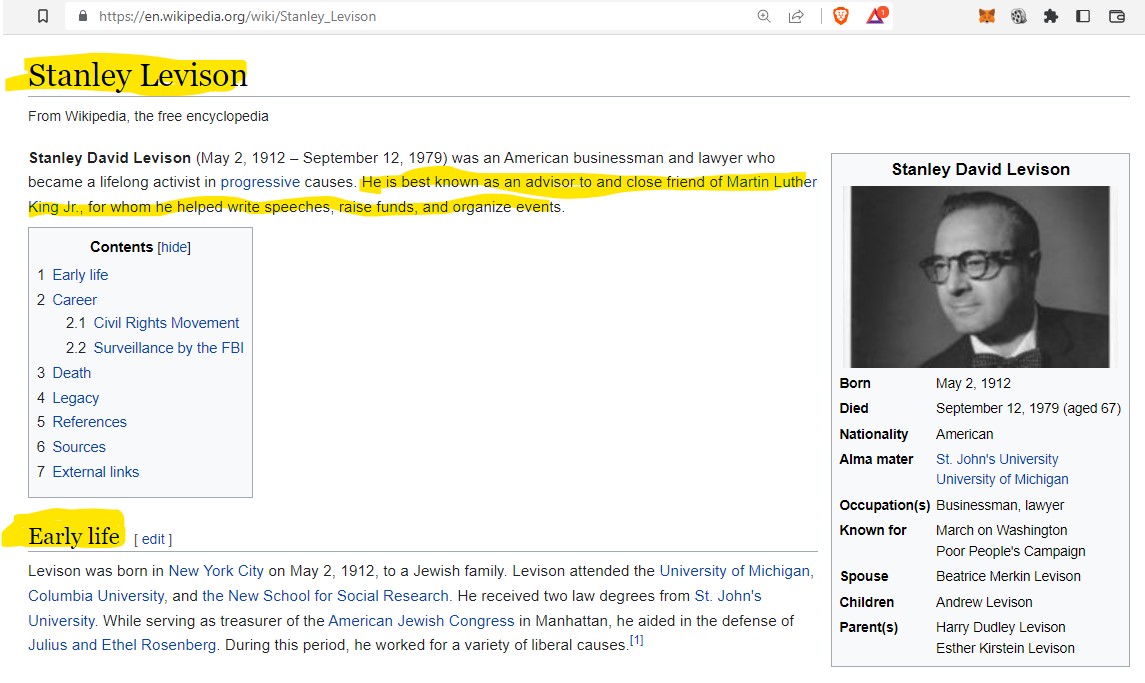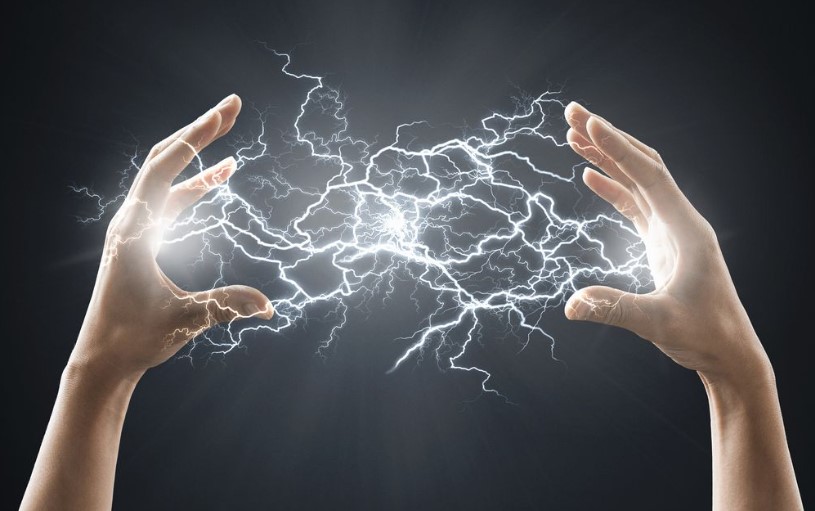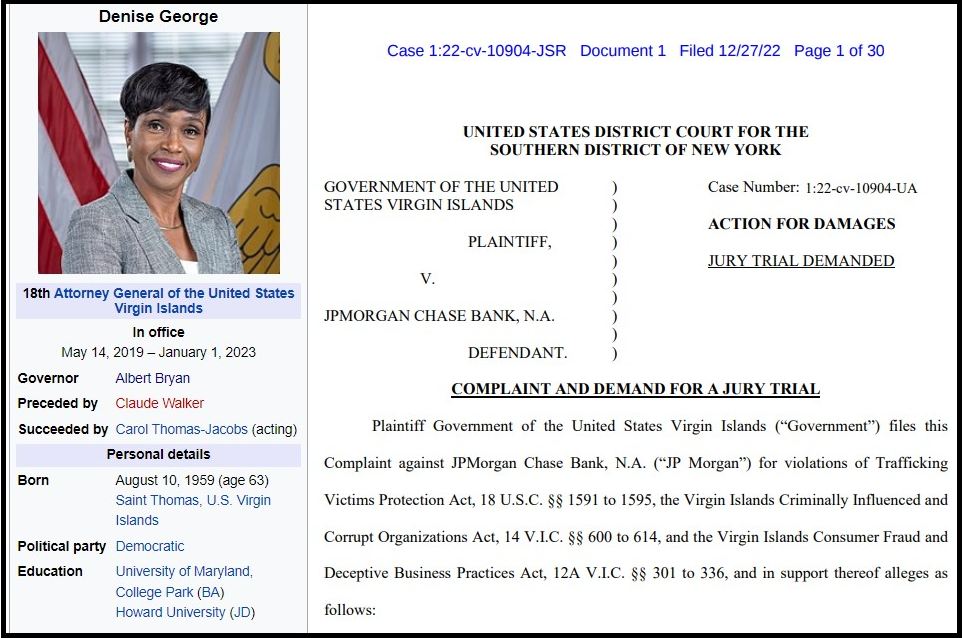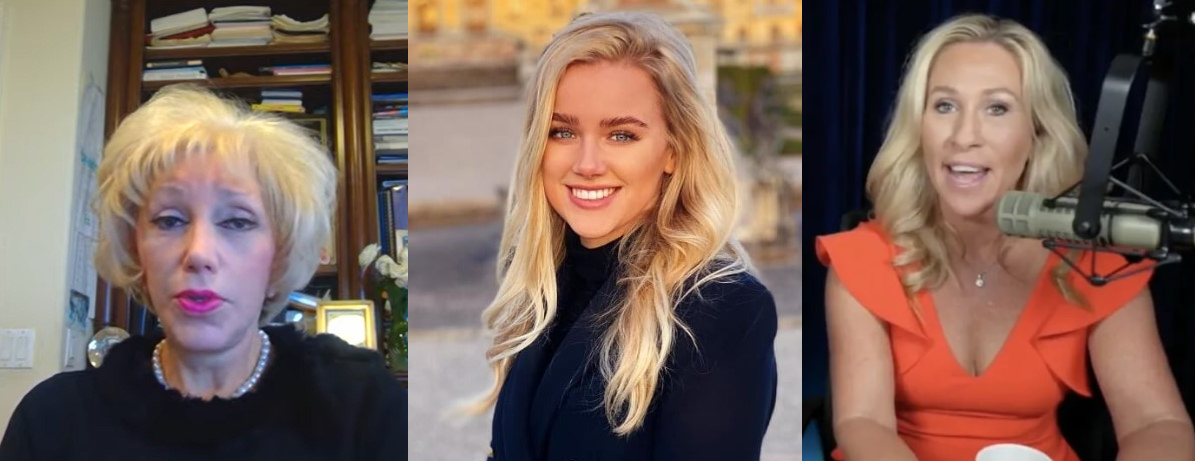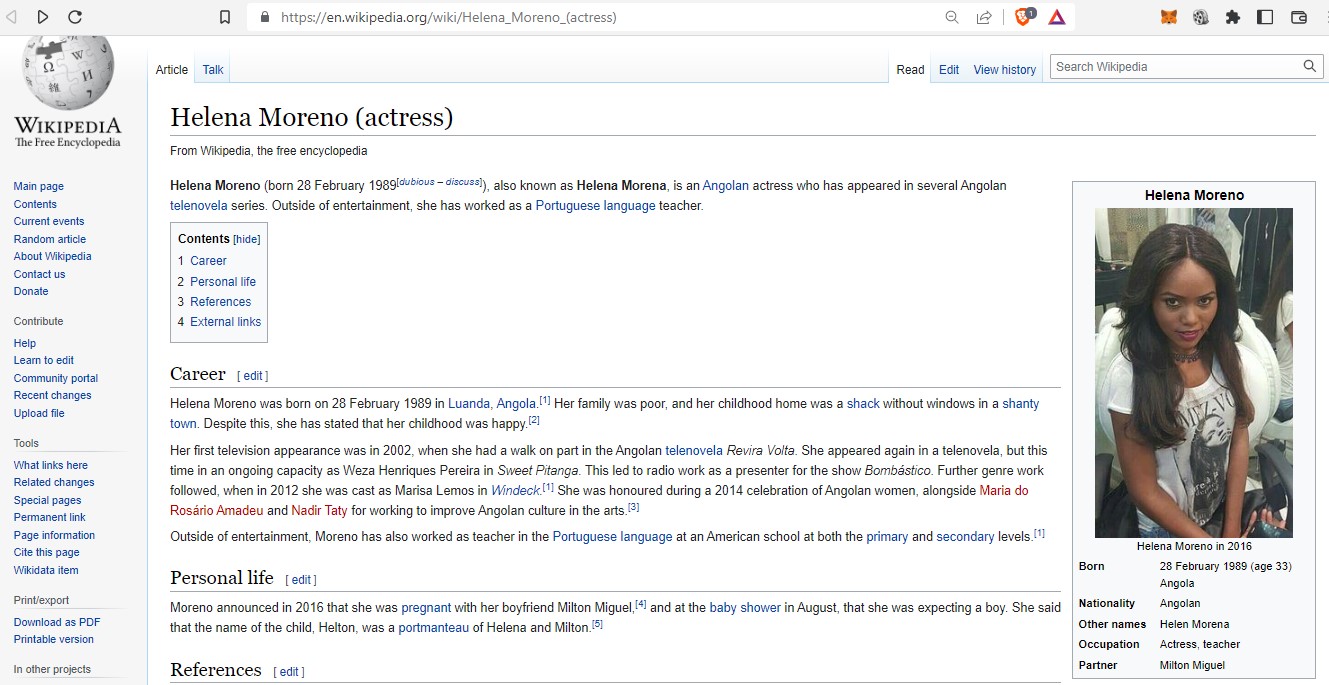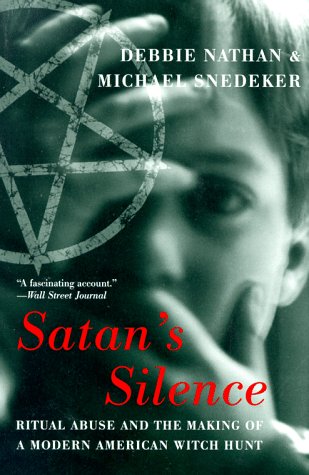
Was the author Debbie Nathan involved with the False Memory Syndrome Foundation?
Was she part of an Elite sponsored operation to debunk pedo rings?
Was she (is she) trying to discredit victims of pedo rings?
Let’s take a look at some of the Amazon review of her book, Satan’s Silence: Ritual Abuse And The Making Of A Modern American Witch Hunt —
Reviewed in the United States 🇺🇸 on November 29, 2019:
As we saw in the FBI dump of declassified documents (go to FBI.gov, FBI Vault, search for “The Finders”), October 2019, we learn that The Finders, a group that bought/sold, kidnapped, raped, tortured and satanically abused children, was real and was funded by the CIA. That’s right: funded by American taxpayers. This document dump also confirms that the McMartin Preschool abuse was real, and that there actually were tunnels under the school.
The authors of this book should stop selling it.
Reviewed in the United States 🇺🇸 on May 2, 2012
I have never been the victim of satanic abuse or ritual abuse as it is often called, but I do believe it happens. It is easy for people who have never experienced abuse to state that it simply does not happen. Do they really have the right to say that these victims have false memory syndrome? Fifty or so years ago, no-one believed that incest in families occurred; we now know that it does. Children weren’t believed back then, and we now know that they should have been! Not so many years ago, women who reported being raped were often dis-believed, even by their own families. We now know that rape takes place on an appallingly high scale. I guarantee that in years to come, it will be acknoledged that ritual abuse was and is indeed very prevalent. Much of this book has got it’s facts wrong; for example there is plenty of evidence that this abuse takes place if you can be bothered to look for it. And an increasing number of psychiatrists now know that multiple personality disorder is a definite condition that often springs from ritual abuse in childhood. If there are people who have been wrongly accused of abuse, then I sincerely sympathise; but let us not forget, that there are far more children suffering in silence than adults who have been wrongly accused. This book has not helped the cause of child abuse one iota. And adults who wish to speak about what they have been through still risk being ridiculed by the likes of this author. We would all like to pretend that these things do not happen; it makes us feel better, safer. But the fact is(and there are recorded facts)that this stuff is going every day around the world.
by little worker
Reviewed in the United States 🇺🇸 on July 18, 2009
Someone with whom I recently watched Capturing the Friedmans commented that Debbie Nathan had an off-putting sense of hubris, seemingly intending to calmly debunk the case against Arnold and Jesse Friedman with a practiced and confident sense of familiarity, as though she were a uniquely calm and experienced champion of reason floating above a craggy landscape of outrageous public hysteria.
This little volume, just under 300 pages, and praised impeccably by several of the most prestigious literary reviewers in this country is not so much the ingeniously conceived and meticulously investigated masterwork that has apparently enabled Nathan to grow from unknown amateur journalist to child abuse hysteria expert. Instead it is a true exercise in hubris.
Nathan’s basic thesis is probably familiar to most people who would be taking the time to read a review of this book on Amazon. She works out a high-structuralist argument that, in a nutshell, there is no such thing as ritual abuse. One has the sense that Nathan’s opinions were solidly entrenched long before she began cracking open old microfiched newspaper stories, though like any good propagandist, she claims otherwise and warmly narrates the magic of her own maternal experience to convince us she is anything but biased.
I am not convinced. I am a sexual abuse survivor who knew he was dissociative for more than two decades, long before I spoke to anyone else about it, much less knew the name of what I was experiencing. Forgive me if Nathan’s anemic suggestion that dissociation is a cultural construction that is co-created by client and therapist within an unlikely alliance between Pentecostalism and a resurgent interest in Pierre Janet’s theory of dissociation via Feminism rings terribly hollow.
Given the illusively metered tone of her writing, you might expect those of us who have responded to this book negatively are out of bounds. I would argue quite the opposite is true. Nathan’s work essentially ignores the stories, in our own words, of those among us who have survived child abuse. Most of us are simply absent here while the unlucky among us, are pegged as incorrectly diagnosed psychopaths, more or less.
Nathan’s critical strategy is to convince the reader of damning parallels between the witch-trials of Salem (her characterization of that historical phenomena is similarly plebian) and a series of high profile multi-perpetrator, organized sexual abuse legal cases that occurred mostly during the mid to late 1980s. She then re-focuses her attention on a series of weak cultural explanations for said phenomena. Primarily she claims that sweeping changes in the division of labor around childcare, the then-burgeoning Pentecostal revival, and a scarce handful of influential pop culture books with an apparently mystical power to change essentially the entire terrain of psychotherapy had fused together to inspire a new sort of demonology.
Those cases she considers, foremost of which is the McMartin preschool trial in Manhattan Beach, are considered epidemiologically as instances of sociogenic illness by proxy in which parents are psychically driving the disturbed behavior of their children through projective identification. Which, ironically, sounds rather a lot like “witchcraft” to me, but I digress. What’s worse, she argues that the parents, particularly the mothers, are delighted to have the gratuitous opportunity to get therapy for their own psychic woes. Despite calling herself a feminist, Nathan claims that this represents the return of repressed “feminine” worldviews, aka “irrationality,” within households that are basically patriarchal. In other words, we are, she claims, dealing with a series of quixotic feminists who are harming their children due to their own narcissism and Ritual Abuse is a persecutory fantasy, projected onto scapegoats, that emerged from the anxieties of women who had entered the work force en mass. How ironic that a purported feminist made her career and put herself on the map by claiming that, well, to be simple – women are still hysterical after all these years.
Later analysis minimizes the damage which the professional psychotherapeutic community believes to result from childhood sexual abuse. In a contorted and ineffective attempt at feminism, Nathan assumes that the psychic damage assumed to result from childhood sexual abuse is greatly overstated, that a pre-eminent reason for this bias is because sexual abuse violates the cultural ethos of chastity. As though a child who is raped by a parent might enjoy it were the cultural ethos one of promiscuity.
Nathan makes numerous references to “cross-generational” sex, a term used elsewhere mostly by advocates of pederasty, such as NAMBLA. I’m not interested in making an ad-hom attack against her. She gives no reason to suspect she, herself, is an advocate of pederasty. I am sure she is not. But, judging by the career which has followed this book and her affiliation with sex-positive radicals like Susie Bright (herself someone I greatly admire) does suggest that a personal agenda related to the liberation of human sexuality has inappropriately marred her analysis of a phenomena that is more closely related to sadism or domination and best understood as a penultimately damaging form of interpersonal violence.
Of course, the argument is naturally appealing to anyone with an inquisitive and anti-authoritarian ethos. Which is precisely what makes this a dangerous book worthy of my negative review more than a decade after its initial publication.
If you table the pedigree of its reviewers and acknowledge that this is a very titillating and very sensational book, masquerading as the opposite, Nathan looks squarely more similar to a classic yellow journalist than any sort of scholar. Judge for yourself, but I strongly urge you to read Randy Noblitt and Pamela Perskin’s 1996 book on Ritual Abuse (my other review on Amazon) as a counterpoint.
Please exercise your free speech in the comments section below. There are no stipulations of political correctness on this blog. Speak your mind, give us your thoughts, both objective and subjective. Share your ideas, hunches, inklings or your expertise. Please provide recommendation and corrections if you spot errors in fact within the blog report. Lastly, remember that posting a comment is much like casting a vote, so please do so.

